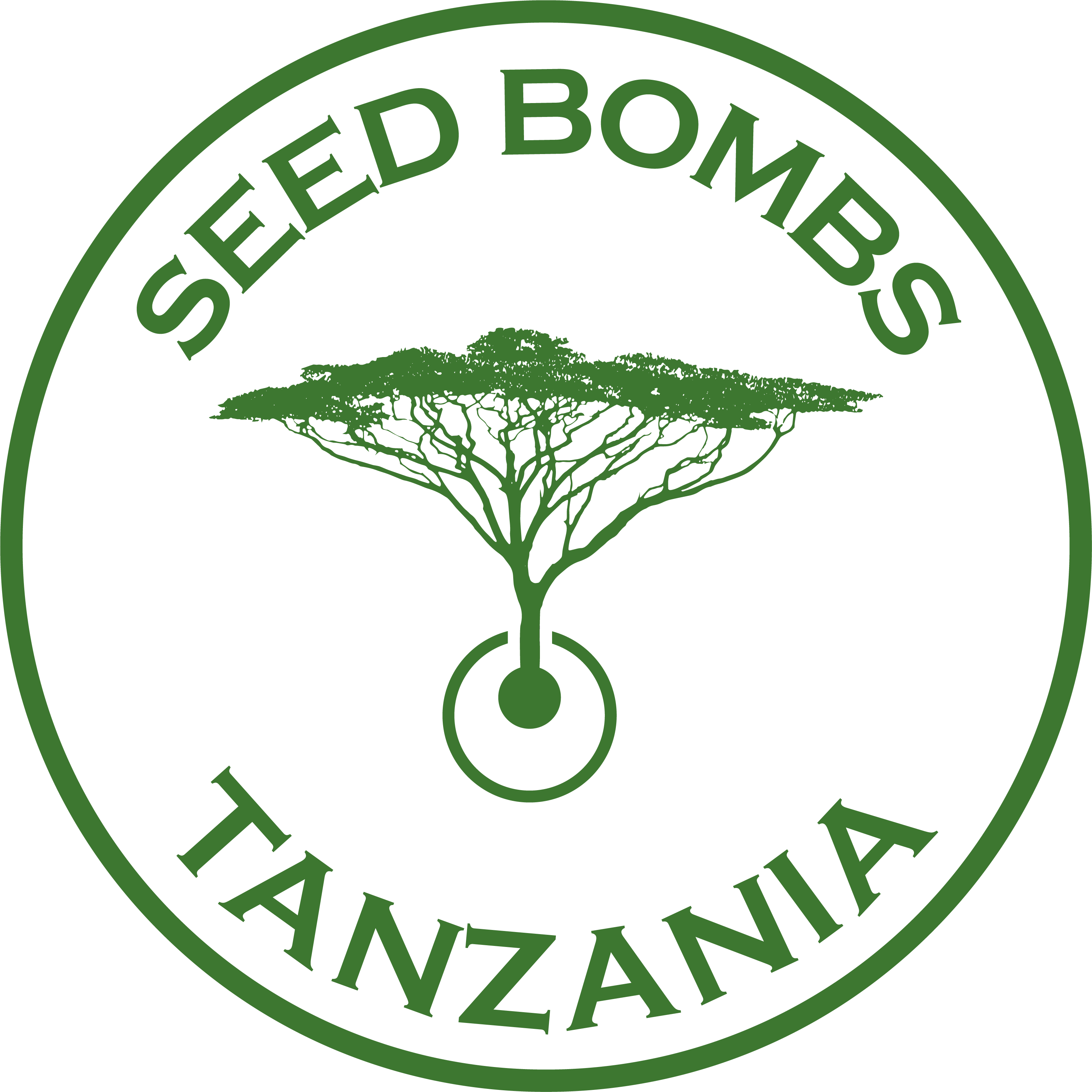Dry-land Tree Species
Acacia Gerrardi
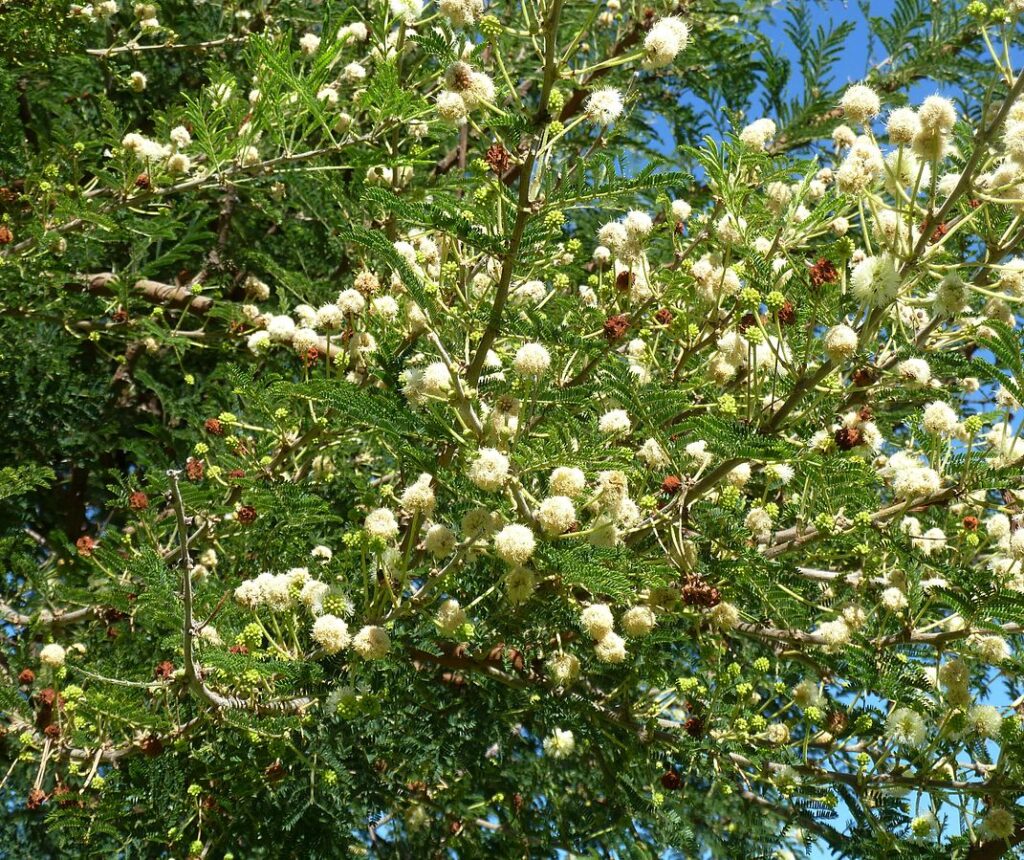
(Gerrard’s Acacia)
15m in height. Widely distributed in woodland grasslands at altitude of 1,500 – 2,500m
• Bark: Brown or dark grey; rough and fissured.
• Spines: In pairs; straight or hooked; short up to 10mm
• Leaves : Narrow; small, 5-12 pairs of pinnae
• Flowers: In round-heads; white or cream
• Fruit: Dark brown pods; sickle-shaped.
• Uses: Leaves and pods serve as animal fodder, wood is used for fuel and as general timber for poles
• Traditional medicine: The bark is widely used to treat coughs and sore throats
Acacia Kirkii
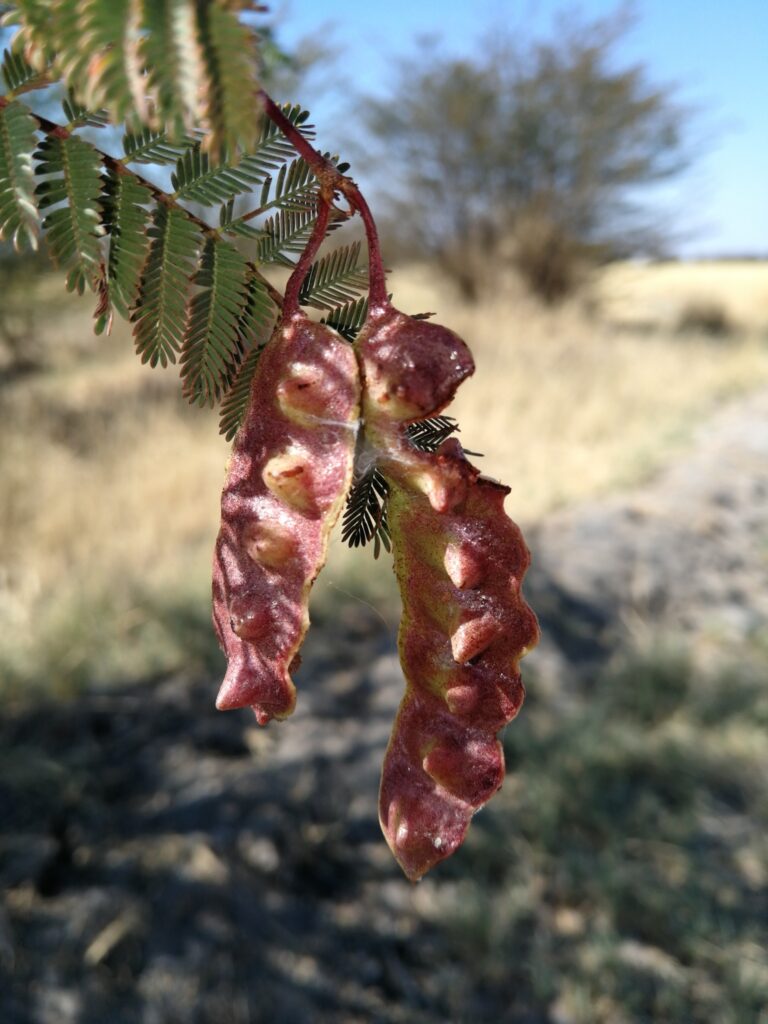
(Kirk’s Acacia)
Flood plain acacia growing 2-15m in height. Single or many-stemmed. Found in wooded grassland and riverine woodland.
• Bark: Greenish-yellow for young trees to yellow-brown for old ones
• Spines: In pairs at the nodes; straight; 4-80mm long.
• Leaves: 6-14 pairs of pinnae; leaflets in 7-20 pairs, small and narrow.
• Flowers: In heads; cream or white (red in bud)
• Fruit: Brown to reddish brown pods. Small projection on top of the pod between the two seeds
• Uses: Used in construction of Maasai bomas (houses) and for firewood. The Maasai people make tea from the bark.
Acacia Nilotica
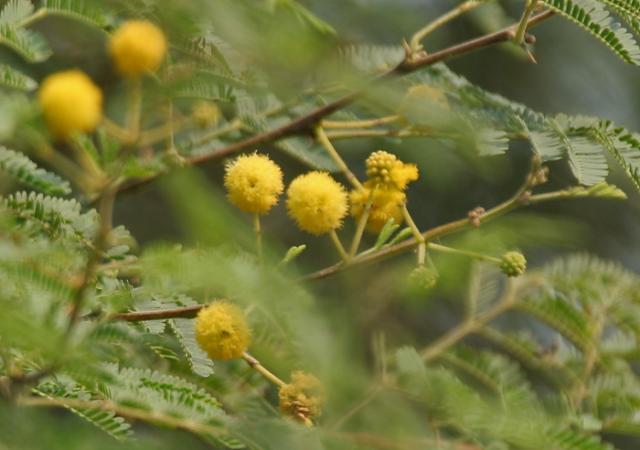
(Egyptian thorn, scented-pod Acacia)
Usually small tree, seldom exceeding 6m in height, often branched from the base, with a flat or umbrella-shaped crown.
• Bark: Fissured; young shoots brown and hairy.
• Spines: In pairs at nodes; straight or nearly so, sharp and whitish. Up to 8-mm long
• Leaves: In round heads; bright golden yellow; fragrant
• Fruit: Straight or curved; 80-170 x 9-22mm. Pods have a fruity odor and break up on the ground.
• Uses: The leaves and pods provide good fodder. The wood is hard, tough and termite resistant, fuel, poles, carvings and as a bee forage. Also used as a traditional medicine.
Acacia Seyal
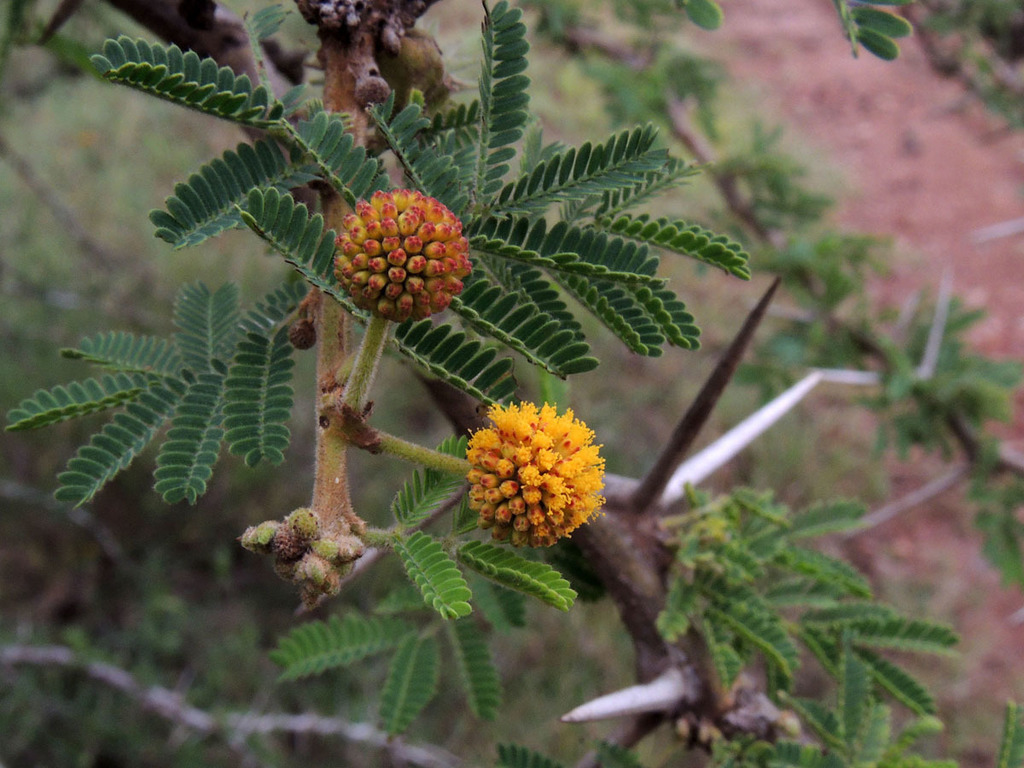
(White Thorn Acacia)
A small tree with an irregularly flattened, spreading crown that grows to 12m in height. It is sometimes shrubby in form. Found in colonies on flats of black cotton soil and on stony ground at the base of hills.
• Bark: Distinctive, powdery white to pale green or orange-red.
• Spines: In diverging pairs; white; stout; up to 80mm.
• Leaves: 3-8 pairs of pinnae; 11-12 pairs of leaflets; narrow elliptic.
• Flowers: Bright yellow; numerous; in large, round heads; fragrant.
• Fruit: Narrow pods; curved; brown when dry splitting on the tree
Acacia Tortilis
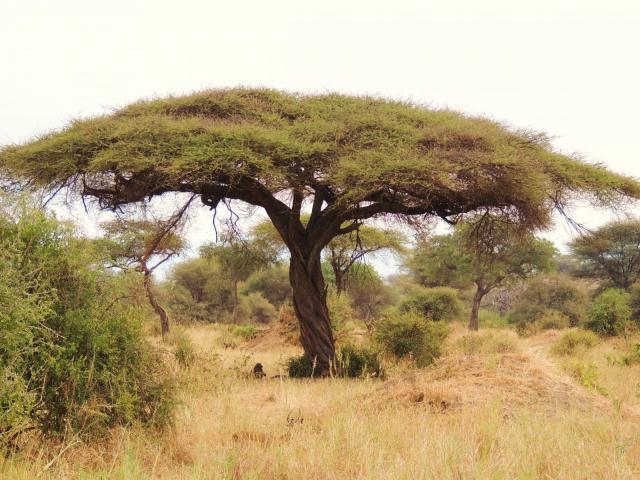
(Umbrella Thorn)
A typically spreading acacia with a flat or umbrella shaped crown, growing up to 18m in height. This is a very common tree, widespread in Africa savanna; found in dry courses at altitude of 600-2000m, often in black cotton soil.
• Bark: Grey to black; fissured and rough; young twigs red-brown
Spines in pairs at the nodes; of two kinds – straight and long (30-80mm) and hooked and short (up to 7mm)
• Flowers: In round heads; white or cream: fragrant.
• Fruit: Pale brown pods; spirally twisted, sometimes curled into rings
• Uses: A hardy acacia of great value; its hard, red wood makes excellent fuel and timber. Pods and leaves serve as fodder.
Acacia Xanthophloea
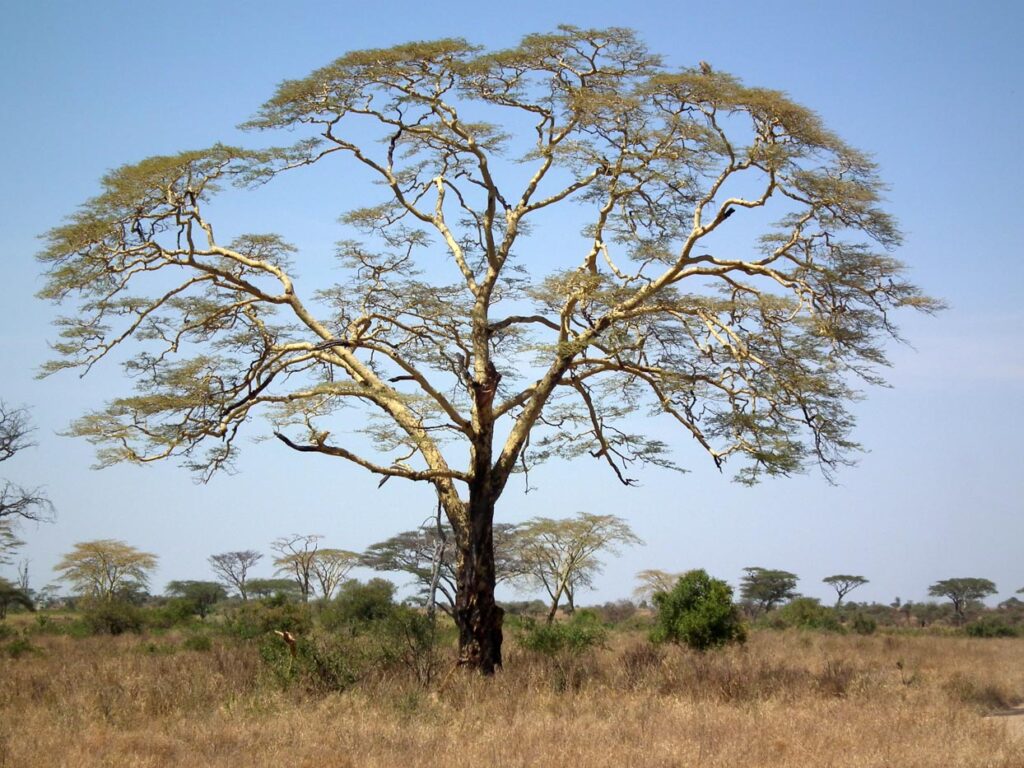
(Fever Tree, Nairasha Thorn, Yellowed-Barked Acacia)
A tall, handsome tree reaching 25m or more in height. Often grows with others of its kind, often in black cotton soil, at altitudes of 600-2000m
• Bark: Yellow-green bark; hairy or powdery; fissured when older.
• Spines: In pairs at the nodes; straight or diverging; whitish; up to 100mm; many nodes in young trees.
• Flowers: In round heads; white or yellowish-white
• Uses: Foliage and pods are used as fodder; wood is used as fuel and timber. Also serves as bee forage.
• Bark: Yellow-green bark; hairy or powdery; fissured when older.
• Spines: In pairs at the nodes; straight or diverging; whitish; up to 100mm; many nodes in young trees.
• Flowers: In round heads; white or yellowish-white
• Uses: Foliage and pods are used as fodder; wood is used as fuel and timber. Also serves as bee forage.
Acacia Hockii
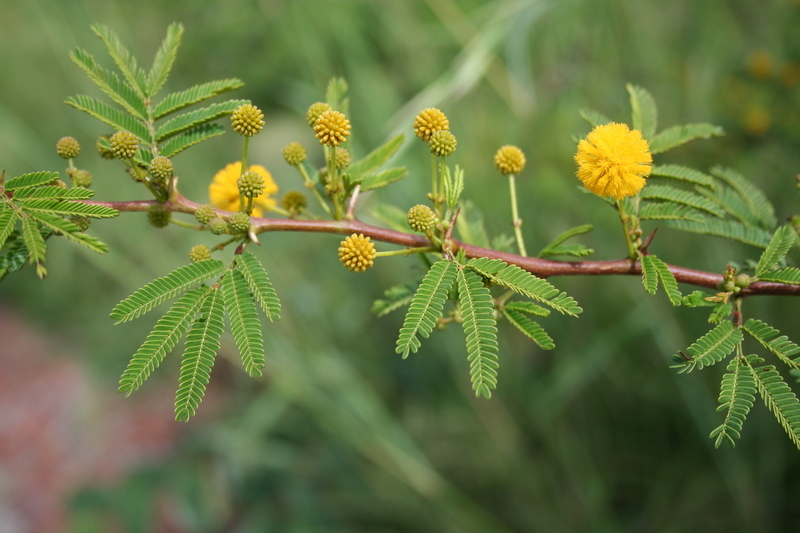
(White Thorn Acacia)
This shrub or tree usually grows to 6m in height, but may reach 9m, and has a flattened crown. Common in overgrazed grassland and in bush grassland. Occurs at altitude of 750-2250m.
• Bark: Greenish brown; peels in red-brown papery strips exposing yellow backs young twigs red brown
• Spines: In pairs, straight and slender, usually less than 20mm long; sometimes absent.
• Flowers: In small round heads, yellow or orange
